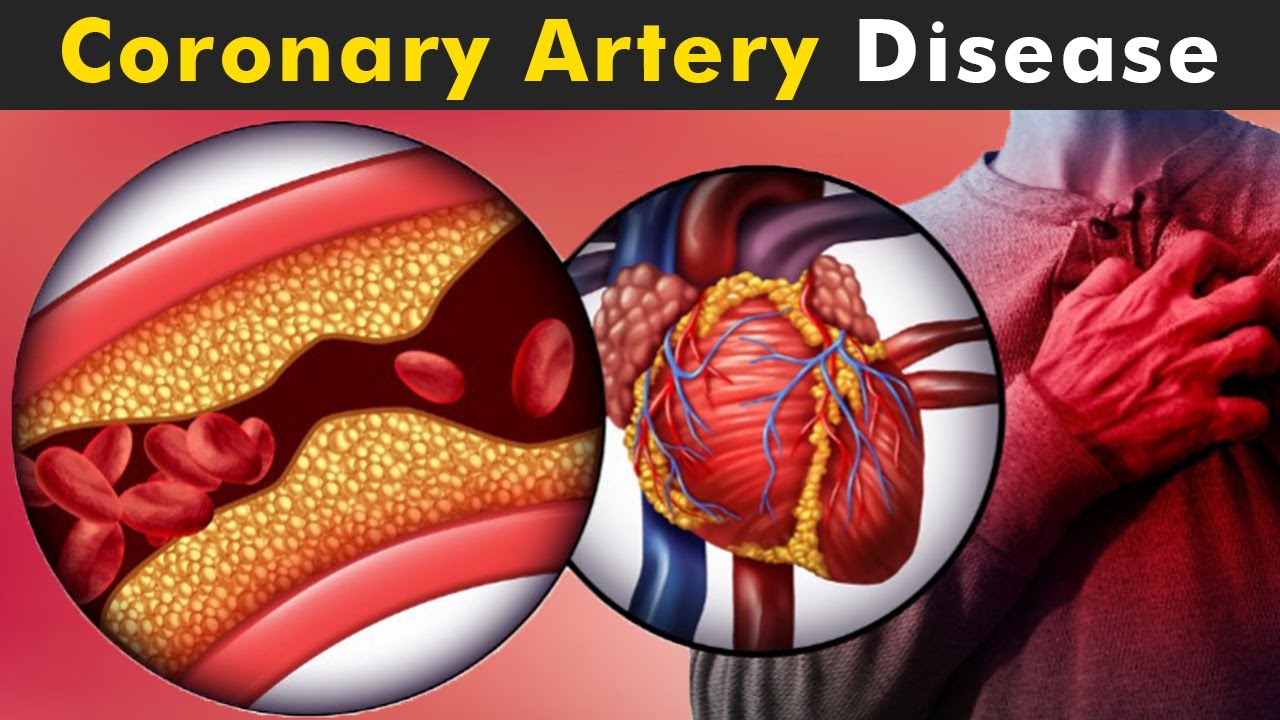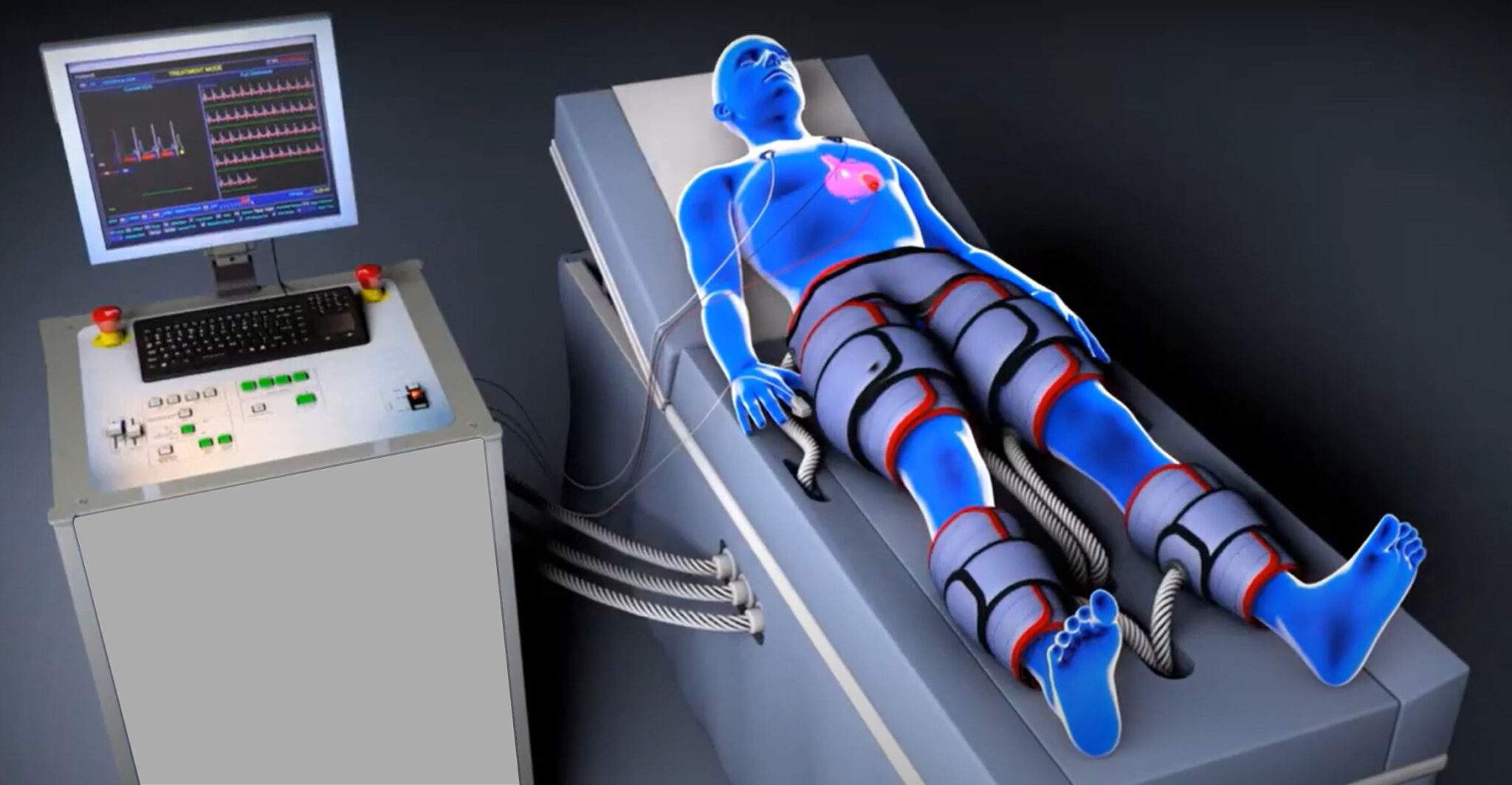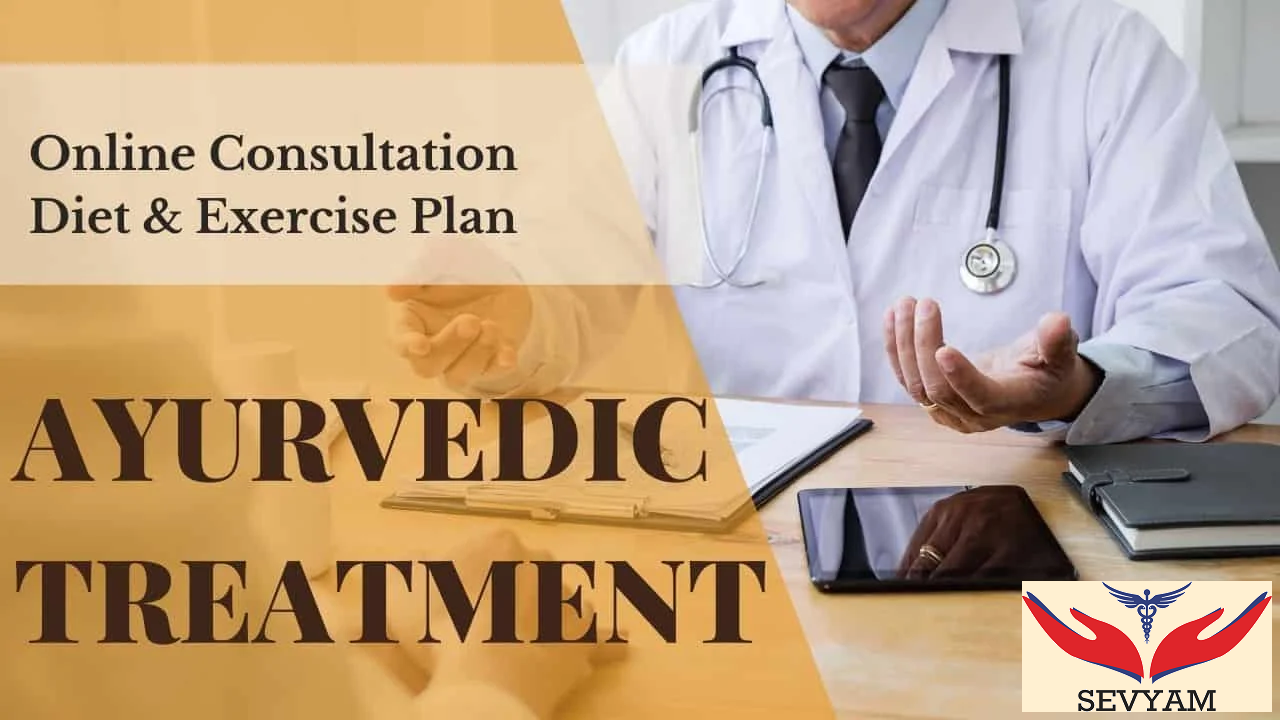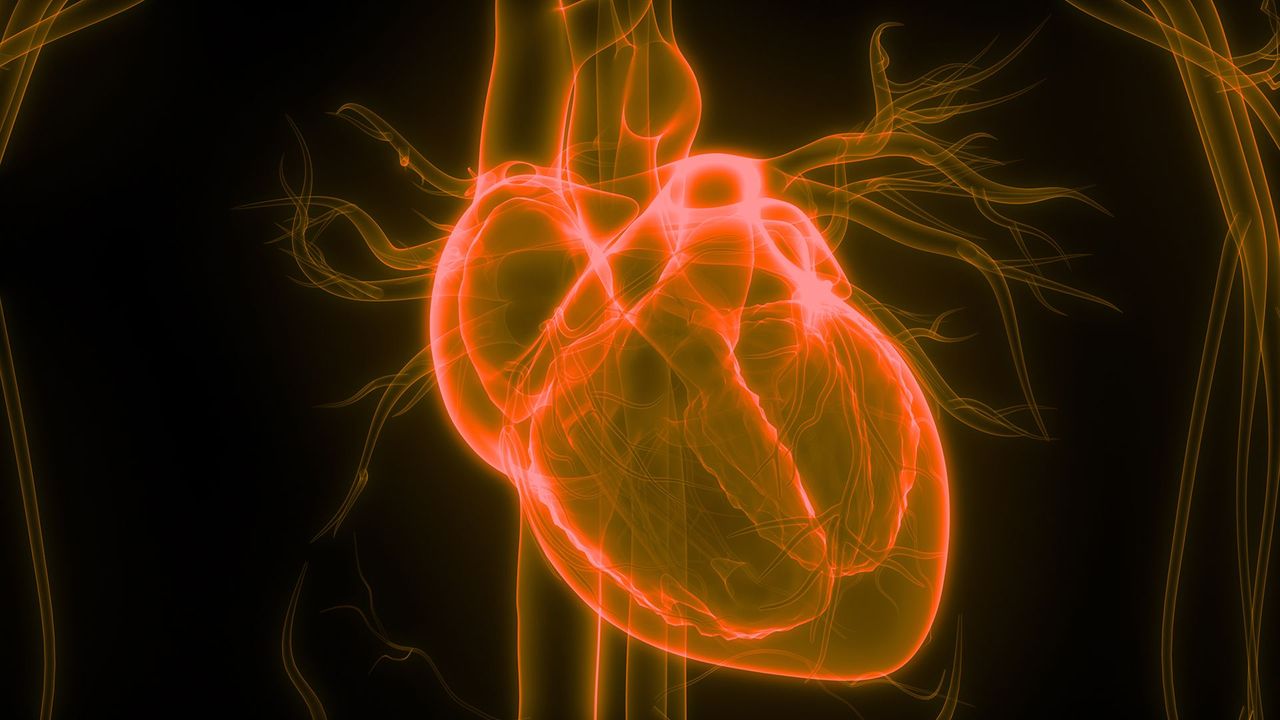Jan 08, 2024
Coronary Heart Disease Overview – Symptoms – Treatment

In the UK and around the world, coronary heart disease, or CHD, is a leading cause of mortality. Coronary artery disease and ischemic heart disease are other names for CHD.
Signs And Symptoms Of Coronary Heart Disease
Heart disease's primary symptoms include various things.Not everyone experiences the same symptoms, and others may not have any at all before being diagnosed with coronary heart disease. Symptoms include chest discomfort (angina), shortness of breath, pain all over the body, feeling faint, and nausea.The Reasons Behind Coronary Heart Disease
The accumulation of fat in the coronary arteries causes blockage or interruption of the heart's blood supply, which is known as coronary heart disease.Your artery walls may get clotted with fat deposits over time. The fatty deposits are referred to as atheroma, and this process is known as atherosclerosis.Lifestyle choices like smoking and heavy alcohol consumption on a regular basis might contribute to atherosclerosis.Additionally, having illnesses like diabetes, high blood pressure (hypertension), or high cholesterol increases your risk of developing atherosclerosis.Making A Coronary Heart Disease Diagnosis
A risk assessment may be performed by a doctor if they believe you are at an increased risk of coronary heart disease.Along with taking a blood test, they will question you about your lifestyle, medical history, and family history.In Order To Confirm Coronary Heart Disease, More Testing Could Be Required, Such As:
- An examination on a treadmill
- An imaging radionuclide
- Coronary angiography, a CT scan, an MRI
Addressing the Condition of Coronary Heart Disease
Although there is no known cure for coronary heart disease, medication can help control symptoms and lower the risk of complications like heart attacks.Among The Treatments Are:
- Lifestyle adjustments such as consistent exercise and quitting smoking.
- Angioplasty, a procedure used to repair constricted heart arteries with balloons and stents
- Surgery
Regaining Health After Being Affected By Coronary Heart Disease
It is possible to resume a regular life after a heart attack, angioplasty, or heart surgery.You can get guidance and assistance in managing areas of your life that could have been impacted by this disease.A few easy lifestyle modifications can lower your risk of developing coronary heart disease.Among Them Are:
- Maintaining a healthy, balanced diet, quitting smoking, exercising, and managing blood sugar and cholesterol levels
- Maintaining a strong heart will also help lower your chances of dementia and stroke, among other health advantages.
















